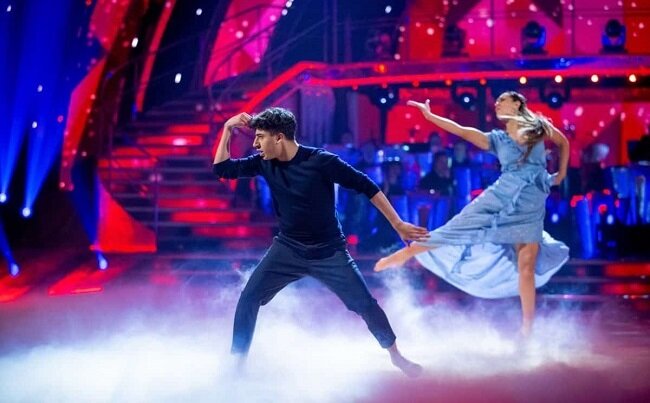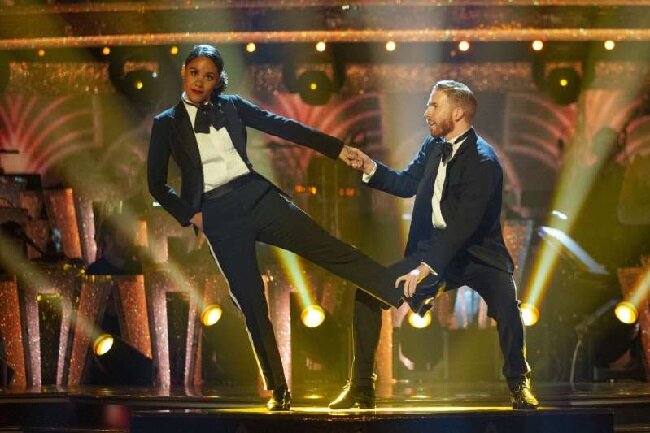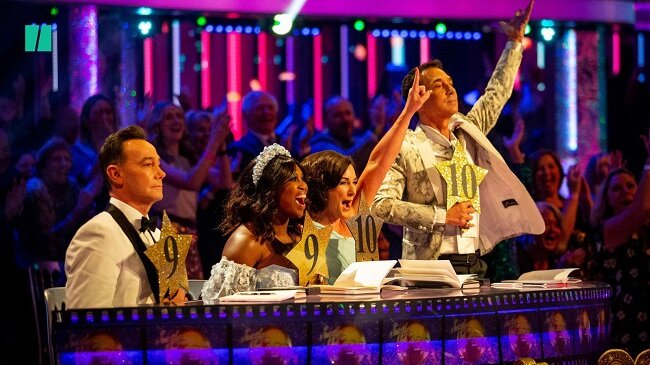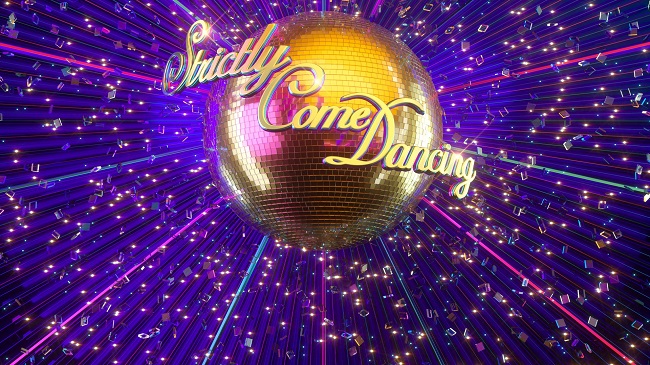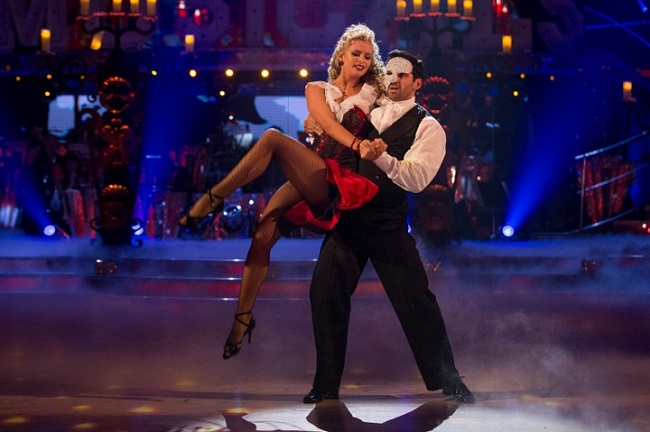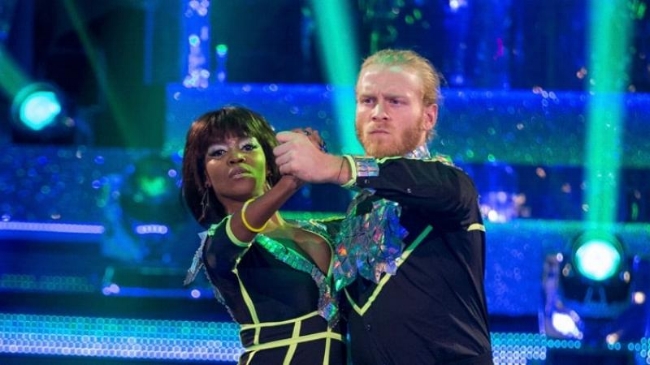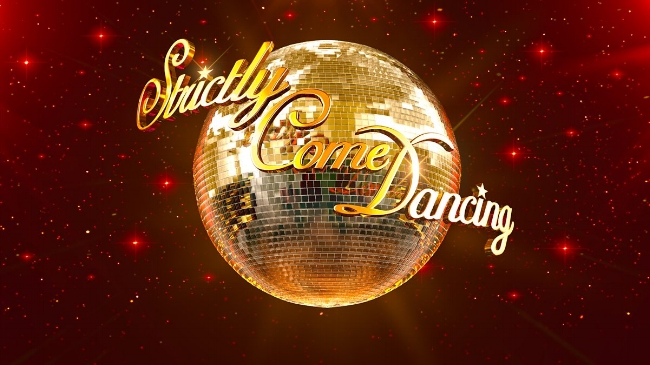Strictly Come Dancing Versus Dancing with the Stars
As I’ve mentioned before, the one piece of reality TV that I avidly watch is Strictly Come Dancing. I’ve been a regular viewer since 2005. Once you’ve got your head around the format and have fully understood what the show is and is not, it makes for entertaining viewing. Strictly is not a pure dance competition by any shakes. If it were, then the public wouldn’t have any say in who remained on the show and it would all be left to the professional judges. But such a show would have very limited appeal. Hence, we have audience participation and all the theatrics of reality television. Talent and ability can be trumped by popularity and frequently is. Over the last fifteen years, the shows formula has been finely tuned and we now find ourselves with a very controlled format. The broad spectrum of celebrities fulfil the role of various archetypes and the judges all have distinct roles to play. But at its heart the show is still about people learning to dance (or not) and that is a difficult skill to master. For me therein lies the entertainment.
Now Strictly Come Dancing is a franchise and after finding success in the UK, the format has been exported all over the globe. You’ll find versions of the show being broadcast in over 40 countries. In the US (and in other territories) the somewhat esoteric British title of the show has been replaced with the more self-explanatory Dancing with the Stars. As this is the most accessible both linguistically and logistically, of all the international versions, I decided to watch an episode or two to see how it stacks up with the BBC’s show. So I sat down this morning with Mrs P and caught up with last night’s instalment of Dancing with the Stars, which I just happened to find lying around the internet. I took a few notes while viewing because there were some important subtle differences between this incarnation and the UK equivalent.
In the UK, Strictly has become a major part of British popular culture. This is not just a successful show but a major institution. You know that Autumn has arrived when Strictly mania returns to our screens and the season last right the way up to Christmas. It is the BBCs flagship entertainment show on Saturday night, where it is broadcast live. The results are then recorded the same evening and broadcast on Sunday. A cursory Google search clearly shows that Dancing with the Stars is a very popular show in the US but it doesn’t seem to have quite the same cultish following. Furthermore the US seasons are shorter lasting about 12 weeks. It should also be noted that TV network ABC has two seasons a year. The format is broadly the same with regard to celebrities. Both countries draw upon personalities from the sporting, music and entertainment industries. The US professional dancers naturally have a similar high pedigree as those in the UK, although they don’t seem to be such a focus of the show.
Dancing with the Stars is broadcast on a Monday night in the US. Because it airs on a commercial network, there are liberal quantities of commercial breaks. In fact the entire show appears very time conscious to my British eyes. The videos showing the celebrities training are far more condensed and focused. It would appear that the dances are about 10 or so seconds shorter as well, lasting about 75 to 80 seconds in total. Which then brings me to the judge’s comments. Although Dancing with the Stars features UK judges Len Goodman and Bruno Tonioli on their panel of four, they take a slightly different approach to their comments, compared to the UK. Comments tend to be broadly more positive. Yes there are technical criticisms but even celebrities who have just performed atrociously are still given at least one upbeat comment. The scores are more generous as well. Former NBA star Lamar Odom, struggled with his Viennese waltz last night. He managed the to follow the steps but lacked any “performance”. However, the scores ranged as follows. 5, 7, 4, 4. It would seem that fellow permanent judge Carrie Ann Inaba and guest judge Leah Remini boosted the overall score.
The other most significant difference between Strictly Come Dancing and Dancing with the Stars is the voting system. In the US show, the judge’s votes are combined with those of the public to determine the ranking on the leader board. The judges then decide which one of the two lowest scoring contestants gets to remain on the show. Again it’s all done very promptly and efficiently. Whereas in the UK, the voting is a similar combination of the judges’ marks and votes from the public via a phone in and the internet. However, the bottom two contestants then have a “dance off” and then the judges decide accordingly. It’s a more dramatic process and sometimes the “dance off” provides a celebrity with a second chance to dramatically improve. Due to the show being a popularity competition as well, sometimes a very competent dancer with a poor fan base can find themselves dancing to stay on the show.
Having made this comparison between the two different versions of the show, I don’t actually think one is specifically superior to the other. Both formats are designed to serve the needs of each respective audience. In the US, Dancing with the Stars is a popular show but it isn’t the cult hit that it is in the UK. Therefore, the spritely running time and the focus on the dancing, with less attention on the trappings and “the journey”, allows for an efficient Monday evening program. Where Strictly Come Dancing in the UK is a three-ring circus and all the better for it. Not only do you have the sprawling Saturday night show with extra dances by the professional dancers and the tense Sunday evening results, but a daily spinoff show and continuous social media content, providing fans with their fix during the week. It all reflects that this is the BBC’s autumn flagship entertainment show. Ultimately, these different variations show the flexibility of the format and that whatever version you choose to watch, it all works very well.





